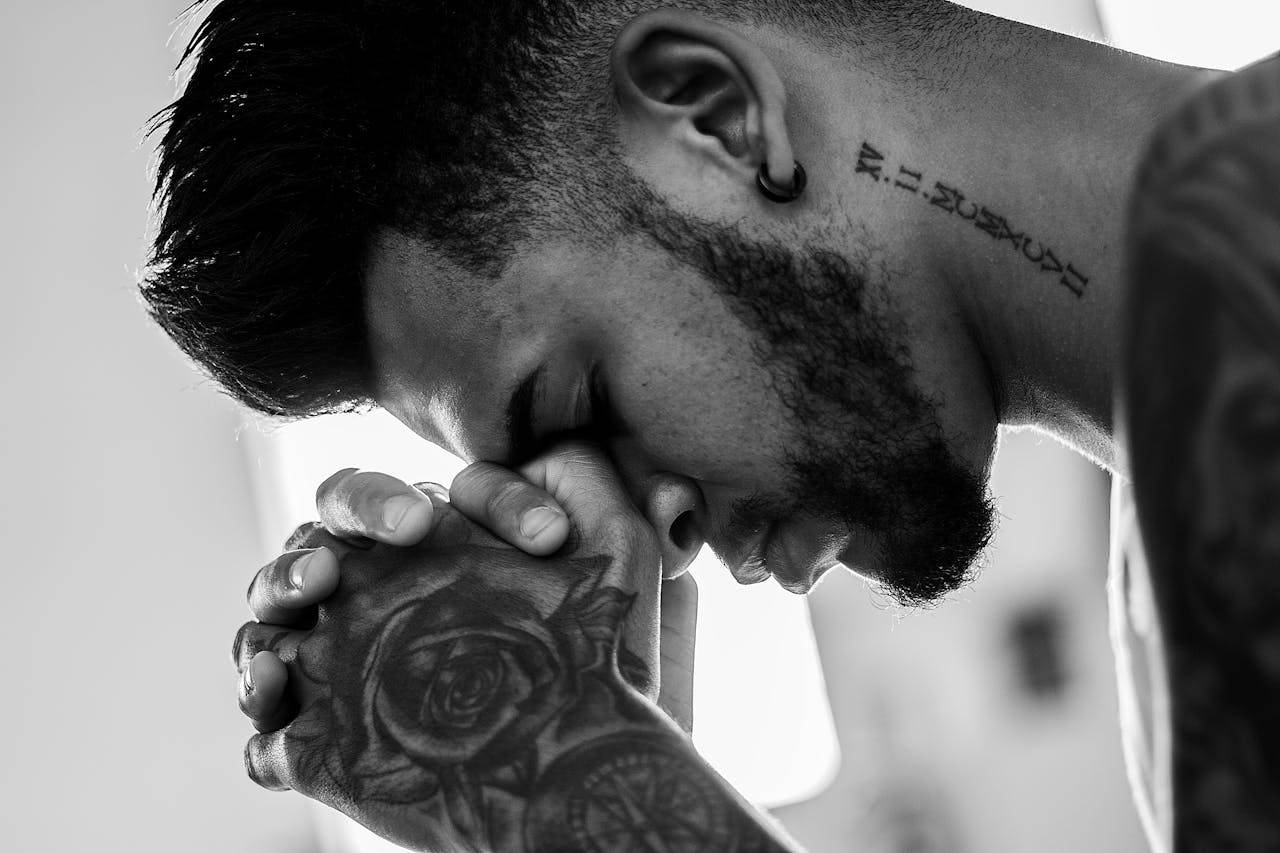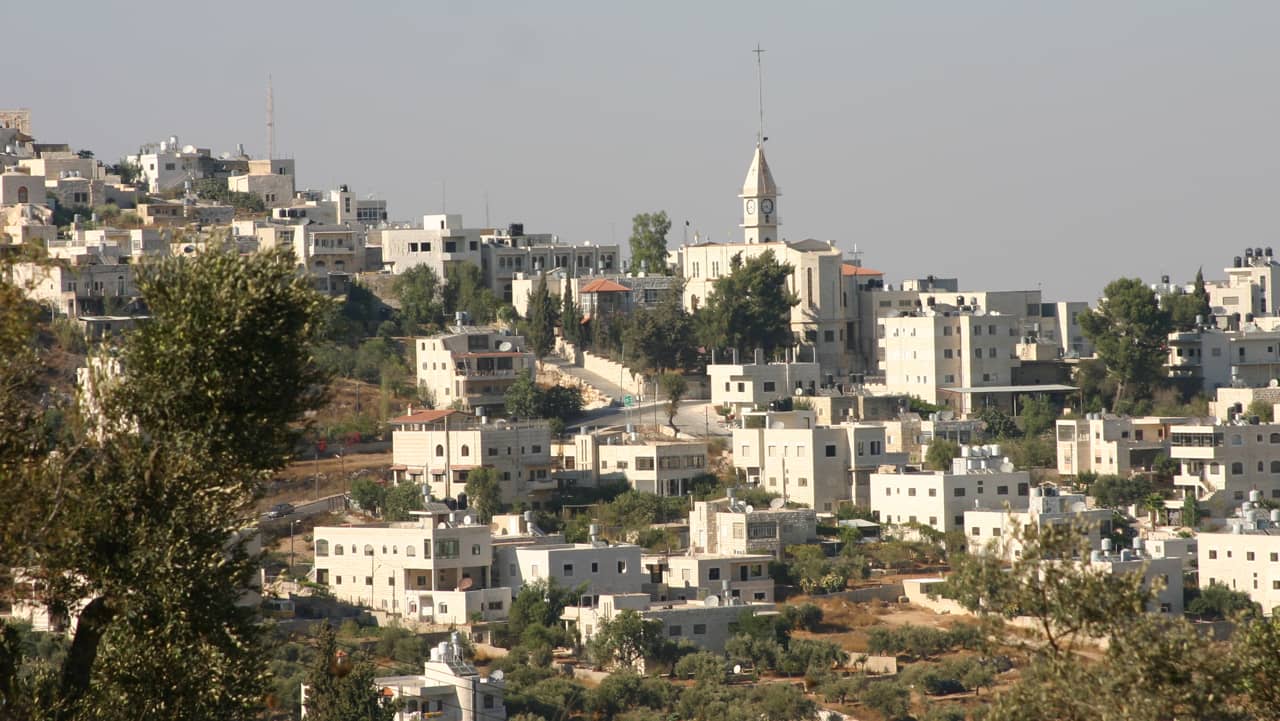KARYES, Greece (AP) — Russian President Vladimir Putin visited a Russian Orthodox monastery Saturday on the northern Greek peninsula of Mount Athos as part of a two-day visit touted by the Greek government as a chance to improve ties between the two countries.
He praised the spiritual uplift and moral guidance provided by the austere monastic community in a sacred place. Putin said the Orthodox tradition is particularly important at this moment in history.
“Today, as we resurrect the values of patriotism, historical memory and traditional culture, we hope for … a strengthening of relations” with Mount Athos, he said.
Greek Prime Minister Alexis Tsipras had said the Russian president’s visit was a chance to “upgrade” relations, which Greece hopes will mean more Russian investment and more Russian tourism as the EU member copes with a prolonged financial crisis and a tsunami of migrants.
Putin, who has sought to capitalize on the strained relations between Greece and many other European Union countries, said Russia seeks to cooperate with Greece in the energy sector. Several Russian ministers also expressed interest in the privatization of Greek railways and in the northern port of Thessaloniki, but no major deals were announced.
Only lower lever “cooperation agreements” were reached during the visit.
Putin expressed gratitude for the Greek friendship — and used his visit to blast U.S. policy toward Moscow. He described a newly expanded U.S. missile defense system in Europe as a threat to Russia’s national security and said his country would retaliate.
At the height of Greece’s financial crisis last year, it had sought aid from Russia as a counterbalance to its difficult negotiations with its EU and IMF creditors. The limited concrete results of Putin’s long-anticipated visit left some disappointed.
Panagiotis Lafazanis, a former energy minister who has left the ruling Syriza party, said the Greek government had de-emphasized the Putin visit in order to curry favor with U.S. and NATO officials.
During his visit to Mount Athos, where women are not allowed to visit any of the 20 monasteries there, Putin repeatedly praised the spirit of the monastic community.
“Here in Mount Athos, there is great and important work done on moral values,” Putin said after a Mass in his honor, where he was seated in the bishop’s throne.
Putin flew from Athens to Thessaloniki on Saturday morning, traveled by road to a port near Mount Athos and then took a boat — the only way to reach the isolated community. Instead of the usual small ferry, the Russian president used a 33-meter (110-foot) yacht provided by the Greek navy.
Patriarch Kirill of Moscow traveled to the monastery with Putin to help celebrate 1,000 years of Russian presence at Mount Athos.
At Karyes, the administrative center of Mount Athos, Putin was greeted by the 20 abbots of the monasteries and 20 representatives of the monks on the peninsula, as well as a representative of the Greek Orthodox Patriarch of Constantinople, under whose jurisdiction Mount Athos falls.
Security in Mount Athos was extremely tight. Besides Putin’s large entourage, there was heavy Greek police and coast guard presence, with divers guarding and inspecting the landing site and snipers deployed throughout Putin’s route.
Christian Orthodox believers know Greece’s heavily-forested northern peninsula of Mount Athos as the “Orchard of the Virgin Mary,” but women have been strictly barred from entering it for more than a thousand years.
The autonomous monastic community is seen as a spiritual ark of Eastern Christianity, and thousands of male pilgrims visit its 20 fortified monasteries every year. Located a few kilometers (miles) away from busy seaside resorts in Greece’s Halkidiki region, access is only allowed by sea, in tiny ferries for those carrying a permit to visit a specific monastery.
2016 marks the 1,000th anniversary of the first recorded settlement by Russian monks on Mount Athos, in 1016. While most of the site’s 1,500 monks are Greek-born, male Orthodox Christians are allowed to live there as monks, which male followers of other religions can visit but not live on.
The 20 monasteries on the peninsula include one Russian, one Serbian and one Bulgarian, while Romanians, Moldovans, Ukrainians and Georgians also live there.
Mount Athos still follows the Julian calendar, and is 13 days behind the rest of the planet. Monks — and visitors — start their day at 4 a.m., and monasteries bar their doors to all after sunset. Meat is banned, and monks spend their days in prayer and communal work, including agriculture. Mobile phones and Internet use are allowed.
The monasteries believe women might offer monks the fleshly temptations they renounced upon taking orders. Rumored breaches include one by refugees fleeing Nazi occupation forces, and a woman dressed as a man was caught shortly after World War II.
The penalty for women visiting the site is a maximum 12-month jail sentence, and to date Greek human rights groups have failed to have the ban overturned in court.















